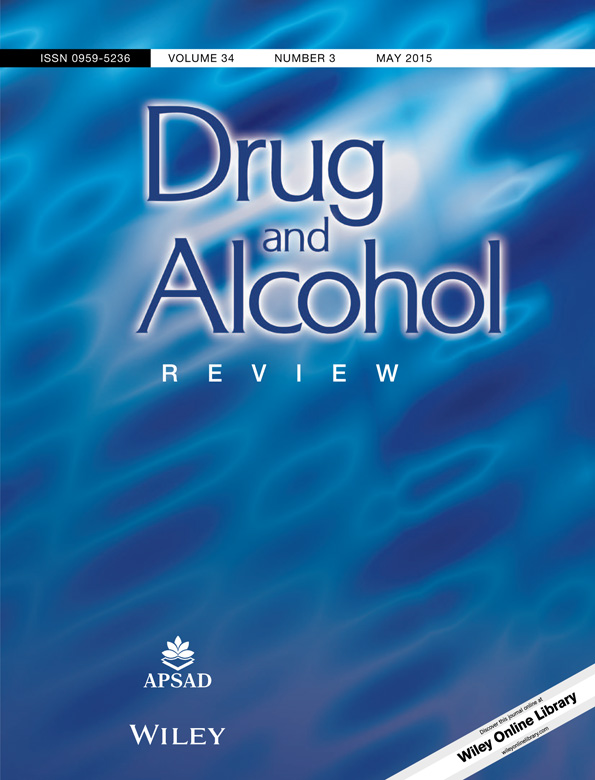Pathways to change: Use trajectories following trauma-informed treatment of women with co-occurring post-traumatic stress disorder and substance use disorders
Abstract
Introduction and Aims
Despite advances towards integration of care for women with co-occurring substance use disorder (SUD) and post-traumatic stress disorder (PTSD), low abstinence rates following SUD/PTSD treatment remain the norm. The utility of investigating distinct substance use trajectories is a critical innovation in the detection and refining of effective interventions for this clinical population.
Design and Methods
The present study reanalysed data from the largest randomised clinical trial to date for co-occurring SUD and PTSD in women (National Drug Abuse Treatment Clinical Trials Network; Women and Trauma Study). Randomised participants (n = 353) received one of two interventions in addition to treatment as usual for SUD: (i) trauma-informed integrative treatment for PTSD/SUD; or (ii) an active control psychoeducation course on women's health. The present study utilised latent growth mixture models (LGMM) with multiple groups to estimate women's substance use patterns during the 12-month follow-up period.
Results
Findings provided support for three different trajectories of substance use in the post-treatment year: (i) consistently low likelihood and use frequency; (ii) consistently high likelihood and use frequency; and (iii) high likelihood and moderate use frequency. Covariate analyses revealed improvement in PTSD severity was associated with membership in a specific substance use trajectory, although receiving trauma-informed treatment was not. Additionally, SUD severity, age and after-care efforts were shown to be related to trajectory membership.
Discussion and Conclusions
Findings highlight the necessity of accounting for heterogeneity in post-treatment substance use, relevance of trauma-informed care in SUD recovery and benefits of incorporating methodologies like LGMM when evaluating SUD treatment outcomes. [López-Castro T, Hu M-C, Papini S, Ruglass LM, Hien DA. Pathways to change: Use trajectories following trauma-informed treatment of women with co-occurring post-traumatic stress disorder and substance use disorders. Drug Alcohol Rev 2015]




